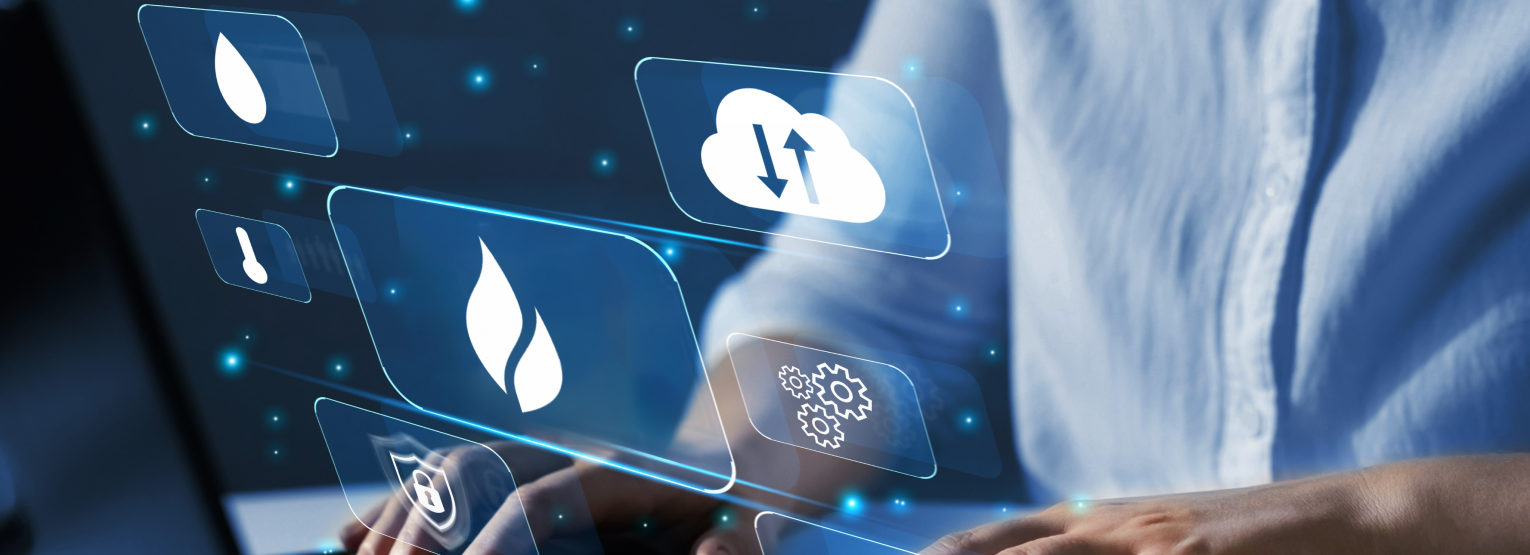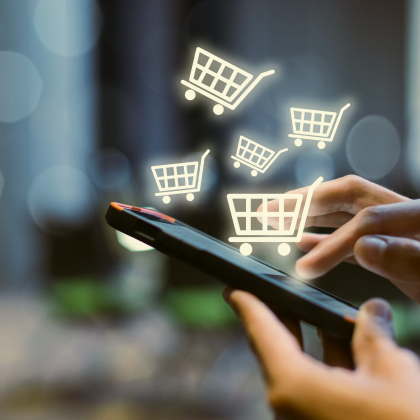Smart City - Blog - Using LoRaWAN for Automatic Meter Reading in Gas and Water Utilities
03.04.2025
 383
383

Using LoRaWAN for Automatic Meter Reading in Gas and Water Utilities

In today’s rapidly evolving utility sector, the adoption of IoT in utilities is transforming how resources are measured, managed, and optimized. One of the most impactful developments is the use of LoRaWAN automatic meter reading for gas and water systems. This remote meter reading technology is designed for long-range, low-power data transmission, making it an ideal solution for both urban and rural utility networks.
This article explores how wireless utility metering with LoRaWAN works in practice, the benefits it offers to utility providers and consumers, and why it is quickly becoming the new standard in smart utility management.
LoRaWAN (Long Range Wide Area Network) is a communication protocol designed to transmit small data packets over long distances using minimal energy. It operates in unlicensed radio frequency bands, providing a secure and scalable foundation for sensor networks. In the context of smart gas metering solutions and smart water metering, LoRaWAN is used to connect thousands of devices across large territories.
Each water or gas meter is equipped with a LoRa-enabled communication module, either built-in or attached externally. These smart meters automatically collect consumption data—such as flow rates and volumes—and send it at scheduled intervals to the nearest LoRaWAN gateway. The gateway consolidates readings from hundreds or even thousands of meters and forwards the data to a centralized cloud platform or utility server.
From there, advanced data analytics tools can process the information, enabling accurate billing, anomaly detection, consumption trends, and predictive maintenance. This forms the backbone of a modern automatic meter infrastructure.
Adopting LoRaWAN smart utilities for gas meter data collection and water utility IoT solutions offers a wide array of operational and financial benefits:
Reduced operational costs: Eliminating manual readings and onsite visits cuts labor, transportation, and administrative expenses.
Improved accuracy: Removing human error increases data reliability and reduces billing disputes.
Real-time monitoring: Utilities gain immediate insights into usage patterns, allowing for quicker responses to leaks or equipment failures.
Low power consumption: LoRaWAN modules can operate for up to 10 years on a single battery, minimizing maintenance.
Reliable network coverage: LoRaWAN supports communication in dense urban areas, underground spaces, and remote locations.
Scalability: New meters and sensors can be added easily without redesigning the entire system.
Infrastructure optimization: Continuous data collection helps utilities plan upgrades and optimize resource distribution.
Implementing LoRaWAN automatic meter reading is a structured yet flexible process that typically includes the following steps:
Infrastructure assessment — Reviewing existing meters and determining upgrade requirements.
Hardware deployment — Installing smart meters or adding LoRaWAN communication modules to existing ones.
Gateway installation — Strategically placing gateways for maximum network coverage.
Software configuration — Launching a user-friendly platform for visualizing data, integrating with billing systems, and managing alerts.
Staff training — Teaching utility personnel how to use the system, respond to anomalies, and utilize data analytics for decision-making.
This approach allows providers to quickly deploy systems that are future-proof, cost-effective, and easy to manage.
The shift to smart meters benefits not only utility companies but also the end users:
These features contribute to better customer satisfaction and a more sustainable relationship between providers and users.
As utility companies pursue digital transformation, wireless utility metering with LoRaWAN is emerging as a foundational tool. Its advantages in low power consumption, cost, scalability, and real-time monitoring make it ideal for both large-scale infrastructure and smaller regional providers.
Moreover, given the increased use of IoT in utilities generally, the same LoRaWAN network used for meter readings can support other IoT applications—such as pressure sensors, gas leak detectors, temperature monitors, and emergency alerts—turning utility networks into comprehensive, intelligent ecosystems.
LoRaWAN automatic meter reading is a proven, future-ready solution that empowers utilities to deliver smarter services, reduce waste, and enhance both operational and customer performance. As cities and service providers look to digitize and modernize, smart gas metering solutions and smart water metering with LoRaWAN will play a key role in shaping the next generation of connected infrastructure.
Stay on top of the latest industry news
Thank you, we have received your message. Our manager will contact you shortly.

Our experts are always happy to help and promptly answer your questions. Please fill out the form to discuss your project and develop a tailored action plan.
Thank you, we have received your message. Our manager will contact you shortly.
Thank you, we have accepted your request. In the near future the responsible manager will contact you and clarify the details of the order.
Our experts are always happy to help and promptly answer your questions. Please fill out the form to discuss your project and develop a tailored action plan.
Thank you, we have received your message. Our manager will contact you shortly.